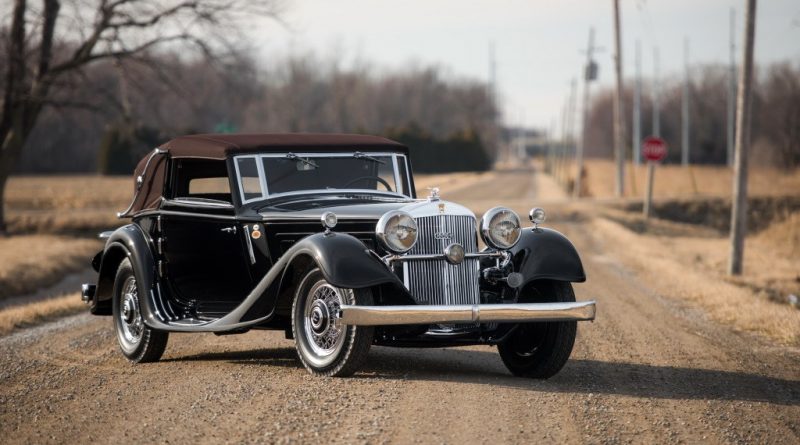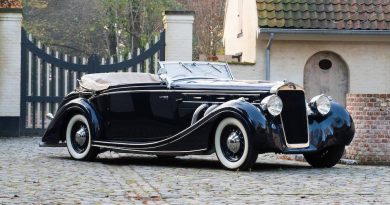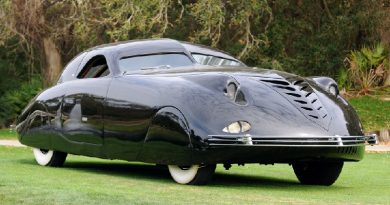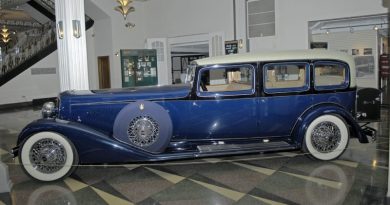1932 Horch 670 Sport Cabriolet
The Horch was a celebrated German marque whose saga goes back to the earliest days of motorcar production. Founder August Horch had worked with Karl Benz in Mannheim before a disagreement prompted him to form his own company in 1899.

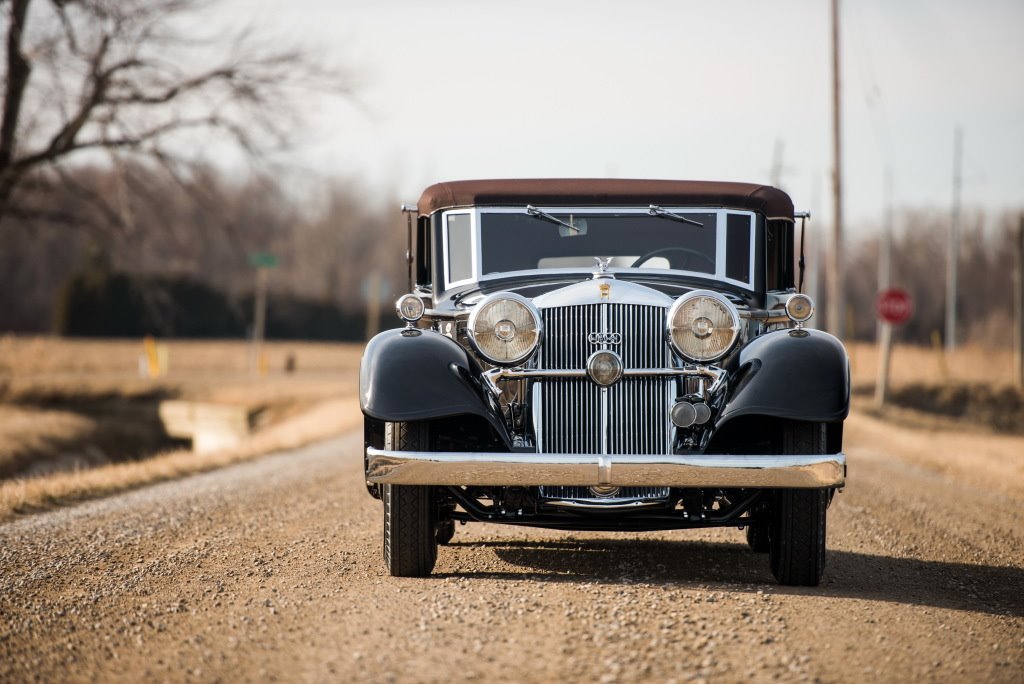
The Horch 12 (type 670 and 600) are cars with twelve-cylinder engine from the Zwickau Horchwerke (from June 1932 part of the Auto Union ). As the first German vehicle had the Horch 670/600 engines with hydraulic tappets , which eliminates the setting of the valve clearance .
The newly designed by Fritz Fiedler 120 hp (88 kW) at 3200 / min strong V-engine with 6 liters of displacement and 66 degrees bank angle has a seven- bearing crankshaft . The driven via a chain with automatic tensioning camshaft is centrally between the two cylinder banks and operated via rocker arm, the horizontally arranged valves ( SV valve control ). The sealing surface between the cylinder block and head and thus the head gasket were kinked . The driver could from the dashboard of the cylindersand piston via its own line system to supply lubricating oil, which increased the compression and thus facilitated the cold start.
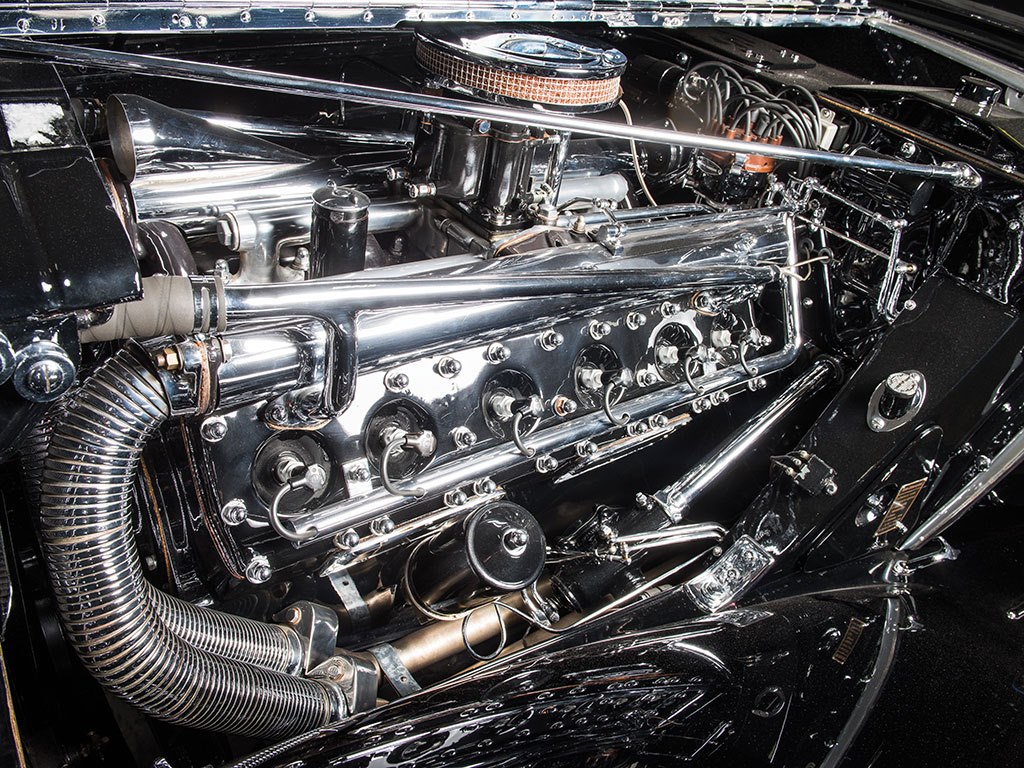
The four-speed gearbox of the Zahnradfabrik Friedrichshafen is operated with a gear lever in the center of the car. The gears two to four are synchronized, so that no intermediate gas or “double clutch” was required when switching.
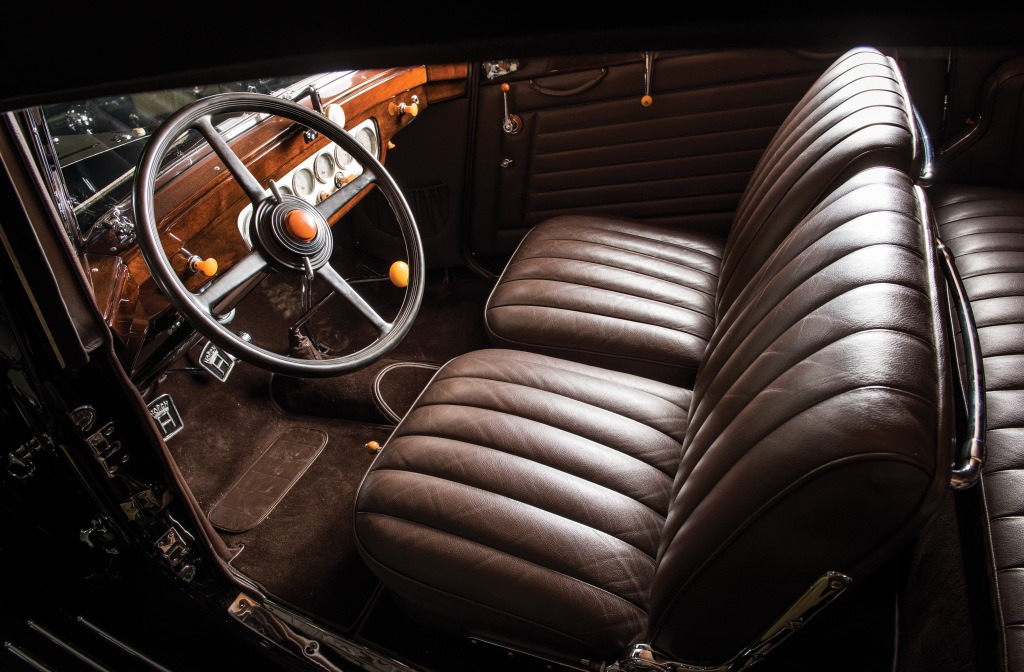
The conventional chassis with leaf-sprung rigid axle’s front and rear came from the eight-cylinder 780B / 500B. The Bosch Dewandre servo brake with suction air assisted reduced pedal forces. As a special feature had the Horch 12 permanently installed hydraulic jack for the wheel change.

Horch 670 Cabriolets can be visited in the museum mobile of Audi in Ingolstadt, the time house of the Autostadt in Wolfsburg and in the Cité de l’Automobile – Collection Schlumpf in Mulhouse in Alsace (France).
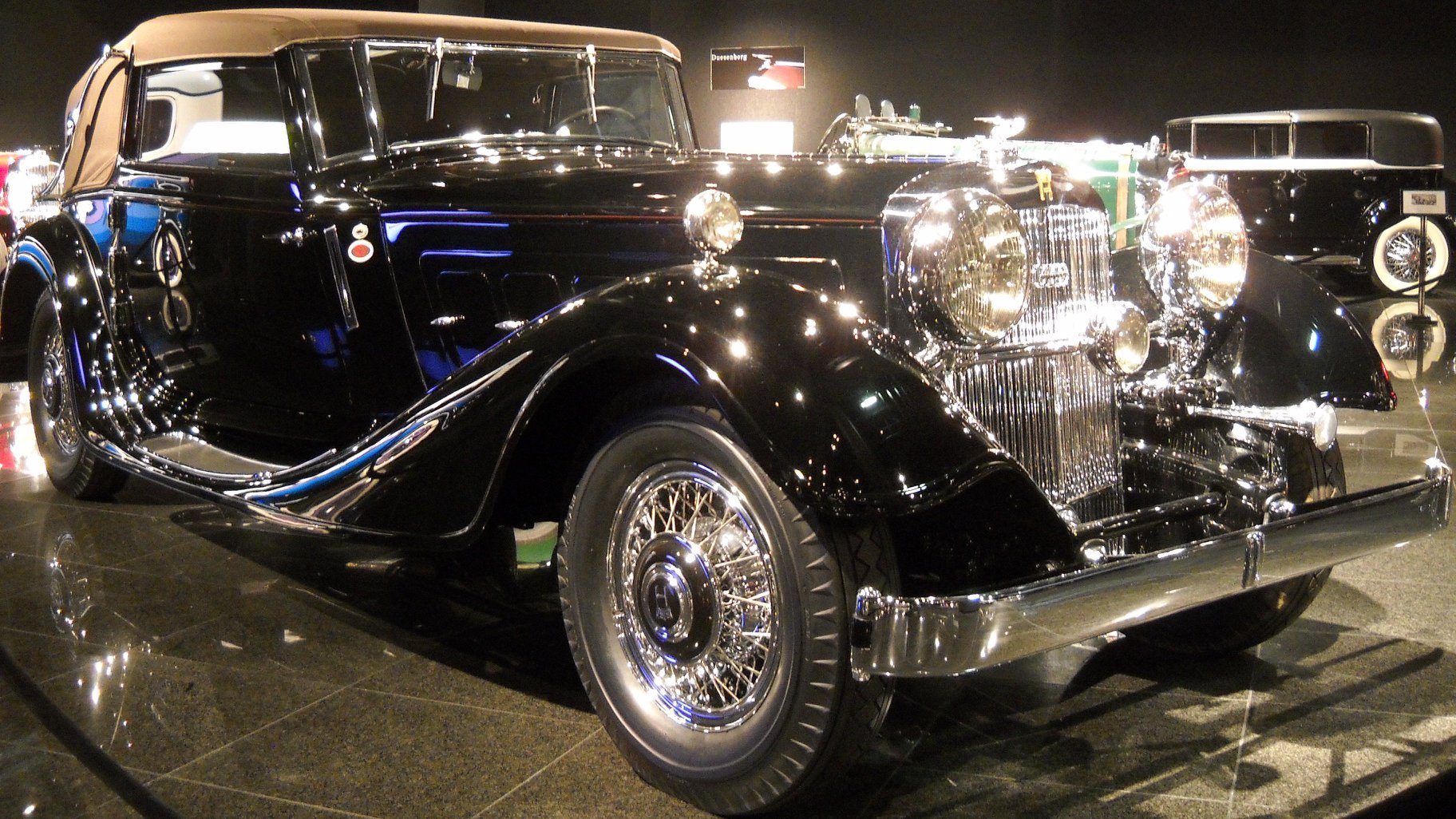
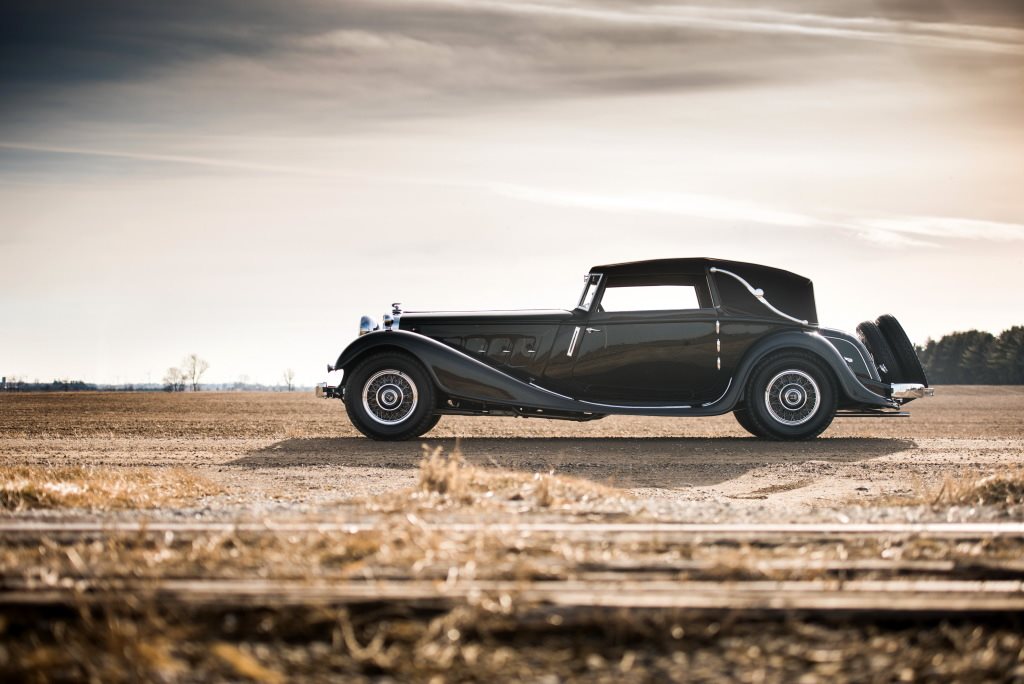
This Sport Cabriolet was custom-built for Joachim Von Ribbentrop, the German Ambassador to England. Von Ribbentrop owned the car until it was commandeered by the British following the outbreak of World War II. Only 73 V-12 Horch auto’s were produced in little more than two years, when the model was discontinued. This Sport Cabriolet is one of three known to exist. In 1932 Horch merged with DKW, Wanderer, and Audi to form Auto Union.

